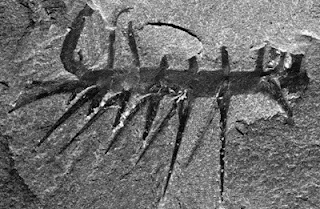How to make a Peanut Butter and Jelly Sandwich
Date Created: March 26, 2012
Created By: Brandon Alvarado, Sarah Richardson, Yvonne Rodriguez, Ellen Schneider, Elbert
Overview: This procedure details how to make a peanut butter and jelly sandwich step by step.
Supplies:
Crunchy or Smooth Peanut Butter
Your choice of Jelly (Raspberry, Blackberry, Blueberry, Mixed Berries)
Your choice of Wheat of White Bread
Equipment:
Plate
Knife
Spoon
Procedure:
- Pull out two slices of bread out of the bag of your choice and place them on your plate.
- Dip the knife in the peanut butter and spread on one side of one slice of bread.
- Dip the spoon in your choice of jelly and spread on one side of the other slice of bread.
- Place one piece of bread on top of the other, so that the peanut butter and jelly touch.
- Use the Knife to cut the sandwich in half or in quarters.
- Wash the utensils used.
- Enjoy your sandwich.
Quality Control: To make sure your peanut butter and jelly sandwich was made correctly check for two things:
No peanut butter or jelly is on the outside of the bread
It tastes GOOD.

